17 Most Controversial TV Moments From The ’70s
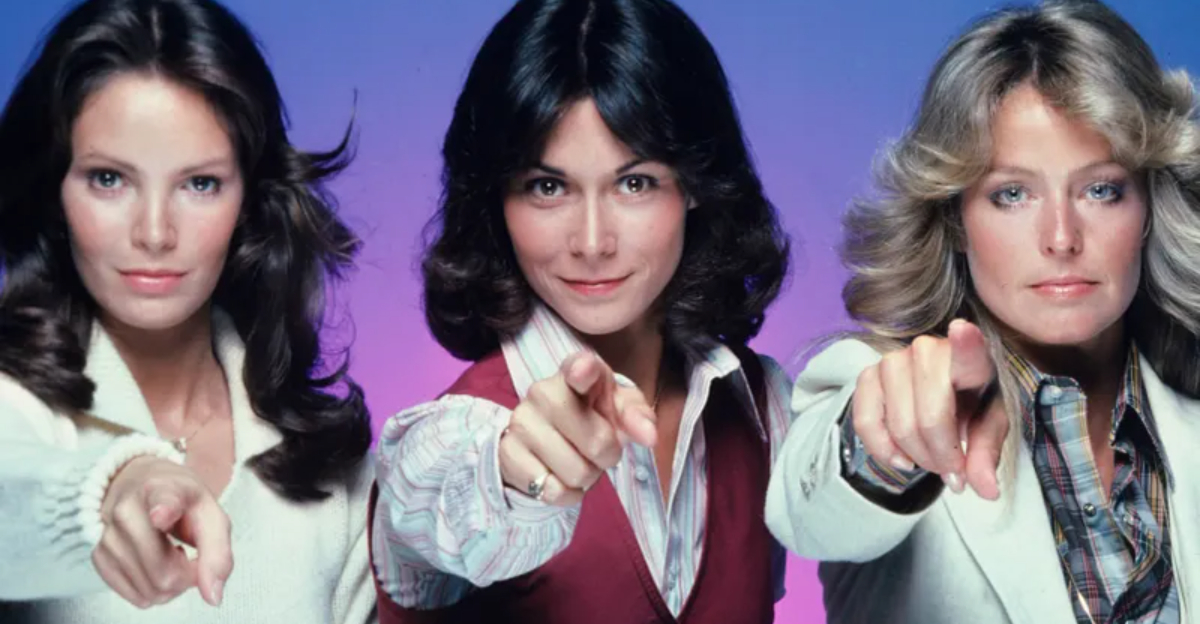
The 1970s weren’t just about disco fever and funky fashion—it was also a decade when television took bold leaps, shattered taboos, and left audiences gasping in shock (or roaring with laughter).
TV shows pushed boundaries like never before, tackling social issues, introducing unexpected twists, and delivering moments that had viewers either glued to their screens or scrambling to adjust their rabbit-ear antennas.
From All in the Family daring to discuss race and politics in a way no sitcom had before, to MASH* blending comedy with heartbreak, the ‘70s gave us some of the most unforgettable TV moments in history. And who could forget Dallas’s iconic “Who Shot J.R.?” cliffhanger that had the world buzzing for months?
Whether it was controversial storylines, shocking character deaths, or moments that left audiences clutching their pearls, these 17 unforgettable TV moments prove the ‘70s were truly a golden age of television.
1. “Maude” – Maude Gets an Abortion
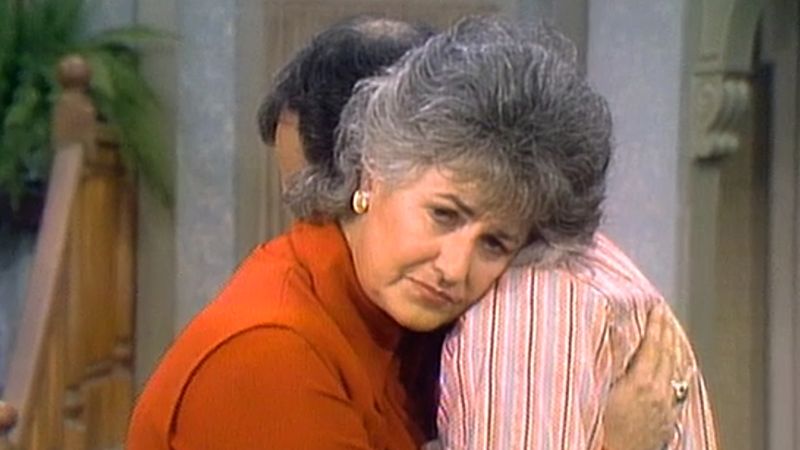
Maude Findlay, played by the incomparable Bea Arthur, tackled one of the most controversial subjects for television in 1972 – abortion. In a storyline that took courage and a whole lot of chutzpah, Maude, at the age of 47, made the decision to terminate her pregnancy. This episode aired before the landmark Roe v. Wade decision and ignited protests across the nation.
The show’s creators took a bold step, challenging viewers to confront their own beliefs. For a sitcom, Maude certainly didn’t shy away from the tough stuff. Many stations received angry letters, but the episode also sparked important conversations about women’s rights.
In an era where TV had mostly stuck to safer topics, Maude’s decision was a brave move that paved the way for future shows. Even today, it’s remembered as a pivotal moment in television history and a testament to the power of storytelling.
2. “All in the Family” – Archie’s Racism & Social Issues
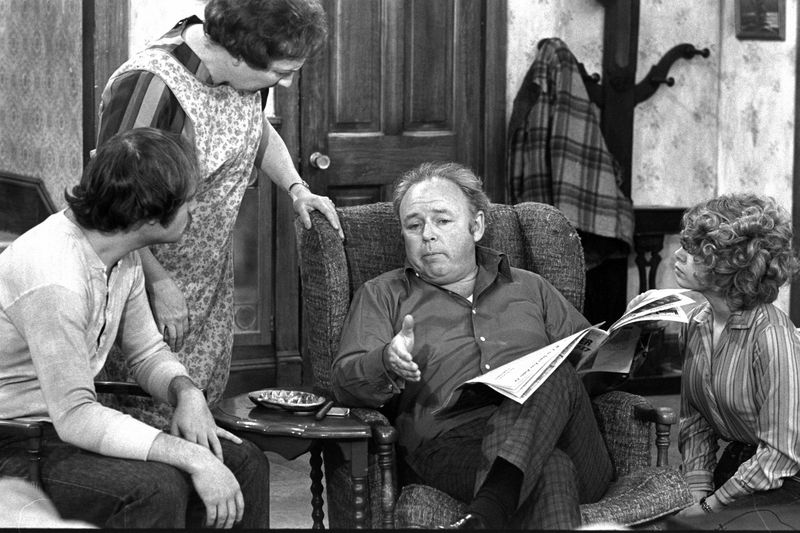
Archie Bunker, with his trademark cigar and grumpy disposition, graced America’s living rooms in “All in the Family” from 1971 to 1979, bringing with him a treasure chest of controversial topics. Archie, the lovable bigot, tackled issues like racism, sexism, and homophobia with a comedic flair that was both hilarious and deeply uncomfortable.
While some viewers laughed, others cringed, as the show forced society to reflect on its own prejudices. Creator Norman Lear used Archie’s ignorance and stubbornness as a mirror, reflecting societal norms and encouraging change.
Despite the controversy, or perhaps because of it, the show became a cultural touchstone, paving the way for more inclusive and open discussions on television. With Archie at the helm, “All in the Family” proved that comedy could be both entertaining and a catalyst for change, cementing its place in TV history.
3. “Roots” – The Brutal Reality of Slavery

In 1977, television took a bold leap with the miniseries “Roots,” which presented an unflinching portrayal of slavery. Based on Alex Haley’s novel, it followed Kunta Kinte’s harrowing journey from his African homeland to America.
The series didn’t shy away from brutal realities, forcing audiences to confront a painful chapter in history. “Roots” was a ratings juggernaut, with over 100 million viewers tuning in, despite some TV stations hesitating to air it due to its intense content.
The impact was monumental, sparking conversations about race and reconciliation across the country. Schools incorporated it into curriculums, and it prompted many to delve deeper into African American history. “Roots” wasn’t just television; it was a cultural event that left a lasting legacy, showing the power of media to educate and evoke social change. The series remains a cornerstone of historical storytelling.
4. “The Jeffersons” – The First Interracial Kiss
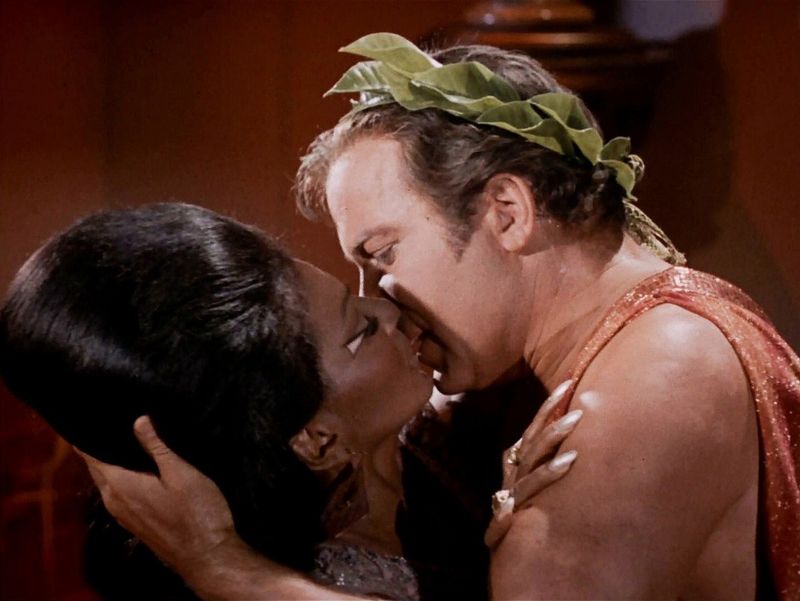
“The Jeffersons” shook things up in 1975 with a simple yet powerful moment – an interracial kiss between Tom and Helen Willis. Although “Star Trek” had broken this ground in 1968, the kiss on “The Jeffersons” was still a lightning rod for controversy.
At the time, interracial relationships on TV were mostly unaddressed, and the kiss challenged viewers to rethink racial norms. This bold move was a testament to the show’s willingness to tackle tough subjects with humor and grace.
Despite the backlash from some viewers, Tom and Helen’s relationship was portrayed authentically, as a loving and supportive partnership. The episode reminded audiences that love knows no bounds and that television has the power to break down barriers. “The Jeffersons” took a stand for equality, leaving a mark on TV history and paving the way for greater diversity in media.
5. “Saturday Night Live” – Richard Pryor’s Racially Charged Skit
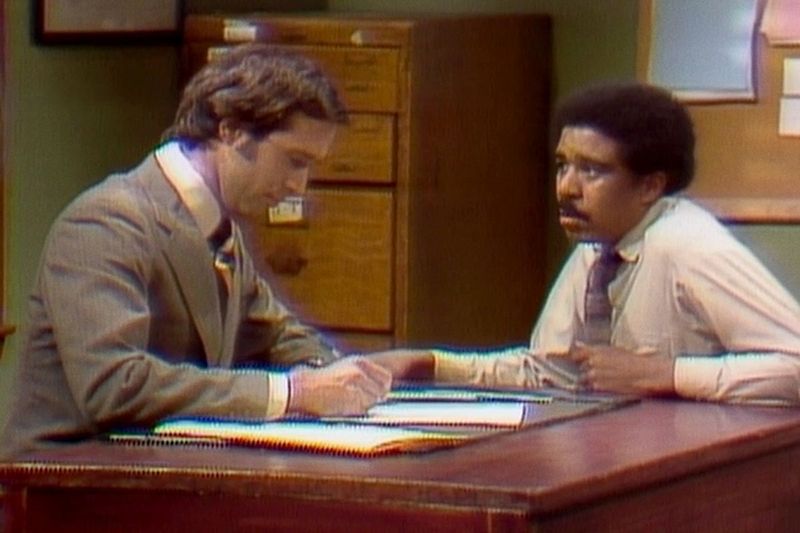
In 1975, “Saturday Night Live” dared to challenge societal norms with a skit that’s still talked about today. Richard Pryor, the comedic genius known for his unfiltered style, took to the stage with Chevy Chase for a word association game that began innocently but quickly escalated into uncharted territory.
As the game progressed, racial slurs were exchanged, leaving audiences both shocked and mesmerized. It was a raw, unvarnished look at race relations, something that had never been seen on live television before.
The sketch was groundbreaking, highlighting the power of comedy to address social issues head-on. It showed that television could be both funny and thought-provoking, sparking dialogue about race and understanding. Richard Pryor’s performance remains a testament to his fearless approach to comedy, and the skit is still remembered as one of SNL’s most daring moments.
6. “Three’s Company” – A Straight Man Pretending to Be Gay
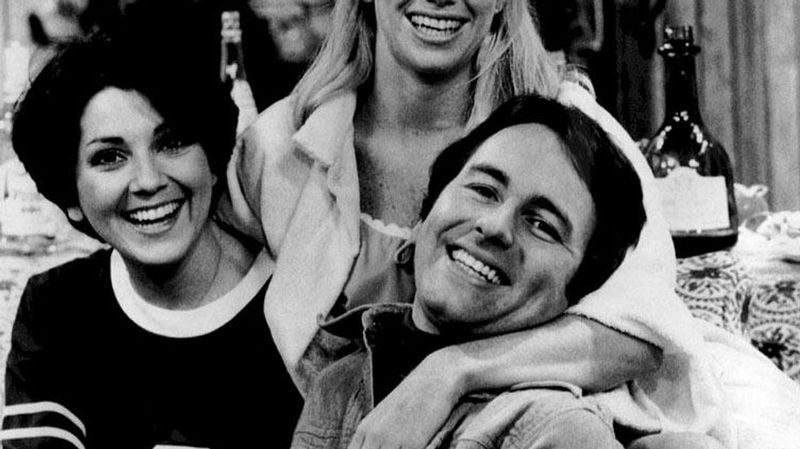
In 1977, “Three’s Company” introduced viewers to Jack Tripper, played by John Ritter, a straight man forced to pretend to be gay. Why the charade? To comply with landlord Mr. Roper’s outdated moral code, allowing him to live with two female roommates.
The premise itself was a comedic goldmine, but also a lightning rod for controversy. Many conservative groups protested, labeling it “immoral” and “indecent.” Despite this, or more likely because of it, the show became a massive hit, drawing audiences eager for its slapstick humor and misunderstandings.
“Three’s Company” cleverly disguised social commentary within its comedic hijinks, challenging societal norms about gender and sexuality. Jack’s antics provided laughter, but also highlighted the absurdity of stereotypes. The show’s success paved the way for future sitcoms to explore characters with diverse sexual orientations, blending humor with a subtle message of acceptance.
7. “MAS*H” – The Death of Colonel Blake
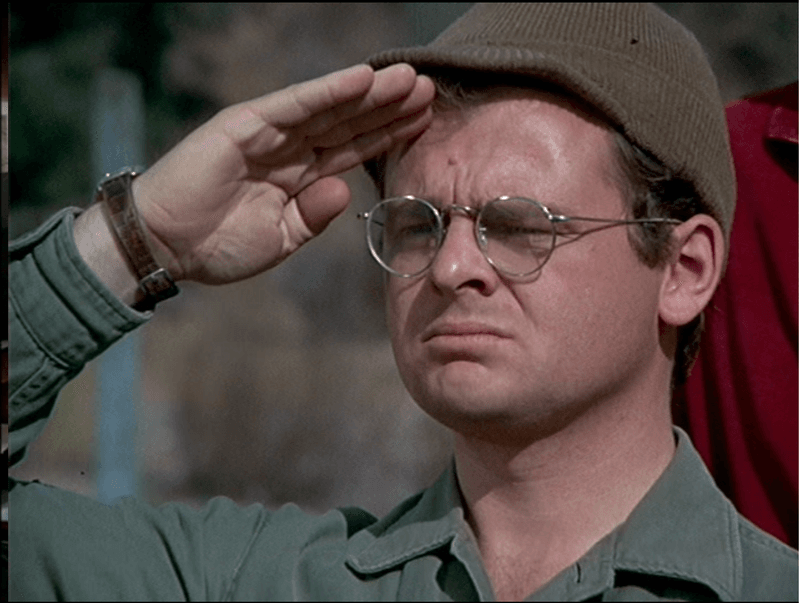
When “MAS*H” decided to kill off Lt. Col. Henry Blake in 1975, it wasn’t just another episode – it was an emotional earthquake. Audiences had grown to love Blake, played by McLean Stevenson, and his unexpected death in a plane crash left fans devastated.
The twist was kept secret from the cast until the final scene, ensuring authentic reactions on screen. This decision to write off a main character was unheard of, especially in a comedic series, making it all the more shocking.
The controversy wasn’t just about the death itself, but about how it changed television storytelling. “MAS*H” demonstrated that even in comedy, life is unpredictable and sometimes heartbreaking. The show’s willingness to blend humor with raw emotion challenged the sitcom formula, setting a precedent for future series. Blake’s death remains a poignant moment in TV history, remembered for its boldness and impact.
8. “The Mary Tyler Moore Show” – A Single, Independent Woman
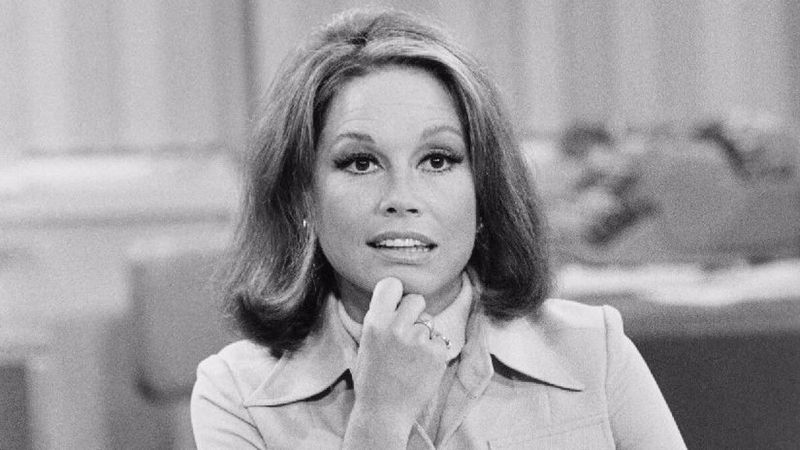
In 1970, “The Mary Tyler Moore Show” introduced audiences to Mary Richards, a single, independent woman who wasn’t focused on finding a husband or raising kids. Instead, Mary was all about her career in the newsroom, a revolutionary concept for television at the time.
Mary’s character challenged the traditional female role, inspiring a generation of women to pursue their own dreams. The show blended humor with authenticity, showcasing Mary’s triumphs and struggles in a male-dominated industry.
Critics initially questioned whether audiences would embrace a single, career-driven woman, but Mary’s charm and wit won them over. The show became a critical and commercial success, proving that television could reflect the societal shifts of the era. Mary Richards was a trailblazer, and her story continues to resonate, reminding us that women can be self-sufficient and successful in their own right.
9. “Happy Days” – Fonzie Jumps the Shark
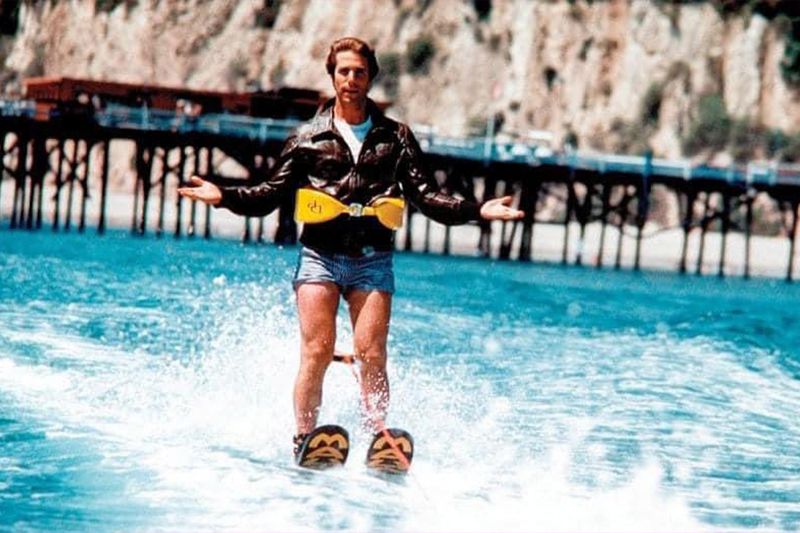
In what might be the most infamous moment of the 1970s, “Happy Days” took the phrase “jumping the shark” to a literal extreme in 1977. Fonzie, the coolest cat in town, donned water skis and a leather jacket to jump over a shark, literally and figuratively marking the show’s downturn.
The episode was meant to showcase Fonzie’s daredevil spirit, but many fans felt it signaled the show’s decline into absurdity. Critics panned the plot twist, claiming it was a desperate attempt to retain viewer interest.
Despite the ridicule, or perhaps because of it, the phrase “jumping the shark” entered the cultural lexicon, symbolizing the moment a show reaches its peak and begins to decline. “Happy Days” continued to entertain for years, but the shark-jumping scene remains a humorous reminder of the risks shows take to keep audiences engaged—even if it means donning water skis.
10. “Soap” – The First Openly Gay Character on TV
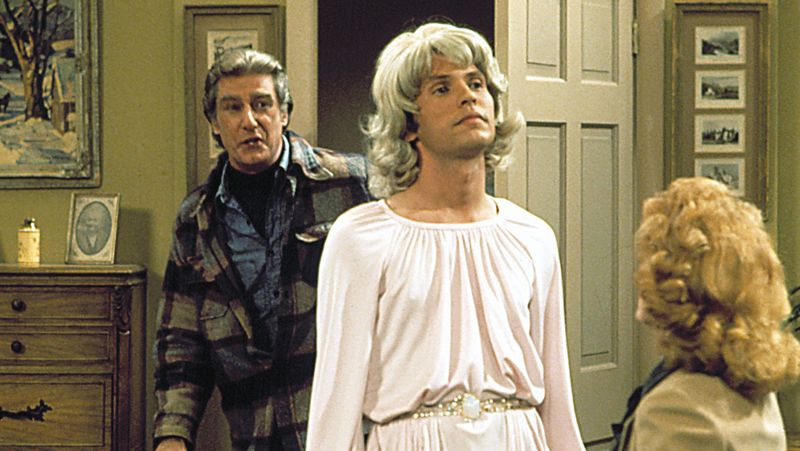
“Soap” made headlines in 1977 by introducing Jodie Dallas, played by Billy Crystal, as an openly gay character on network television. Jodie was groundbreaking, navigating love, family, and identity with humor and heart.
The show faced backlash before it even aired, with religious groups protesting against its portrayal of homosexuality. Despite the controversy, “Soap” was a critical success, praised for its wit and daring storytelling.
Jodie’s character was treated with both sensitivity and absurdity, featuring plotlines like a pregnancy and a sex change, adding layers of complexity. “Soap” didn’t just entertain; it educated audiences, challenging stereotypes and promoting acceptance. Jodie Dallas remains an iconic character, paving the way for greater LGBTQ representation on television. His presence marked a significant shift in how television could portray diverse identities, blending comedy with social commentary in a memorable and engaging manner.
11. “Good Times” – The Death of James Evans
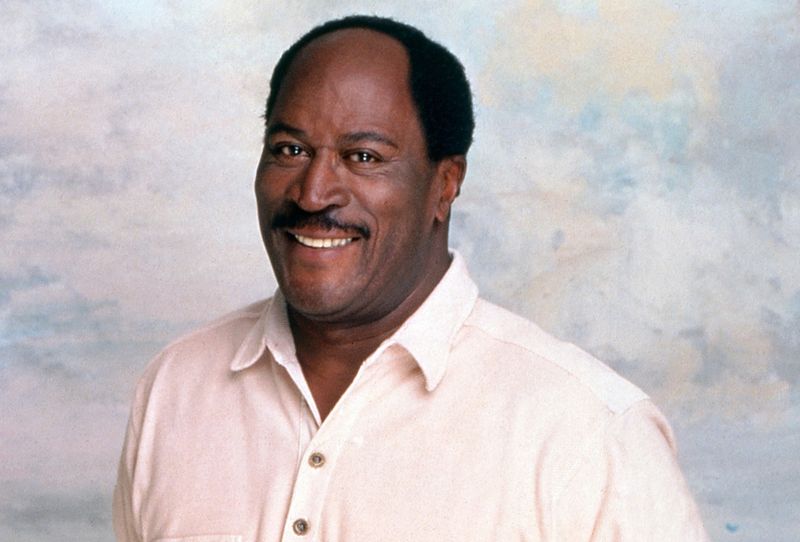
“Good Times” delivered a gut punch in 1976 when it killed off James Evans, the hardworking family patriarch, leaving audiences reeling. Played by John Amos, James was a symbol of strength and perseverance in the face of adversity.
His sudden death, due to a contract dispute, shocked fans and sparked outrage. The decision to write him out was controversial, particularly as it left the family without its anchor.
Despite the backlash, the storyline highlighted the struggles faced by single-parent families, resonating with many viewers. “Good Times” continued to explore themes of poverty and resilience, with James’ legacy lingering in the background. His death marked a turning point for the show, emphasizing the harsh realities of life. James Evans may have left the screen, but his impact endured, reminding us of the power and influence of strong, positive portrayals of African American fathers on television.
12. “Dallas” – Who Shot J.R.?
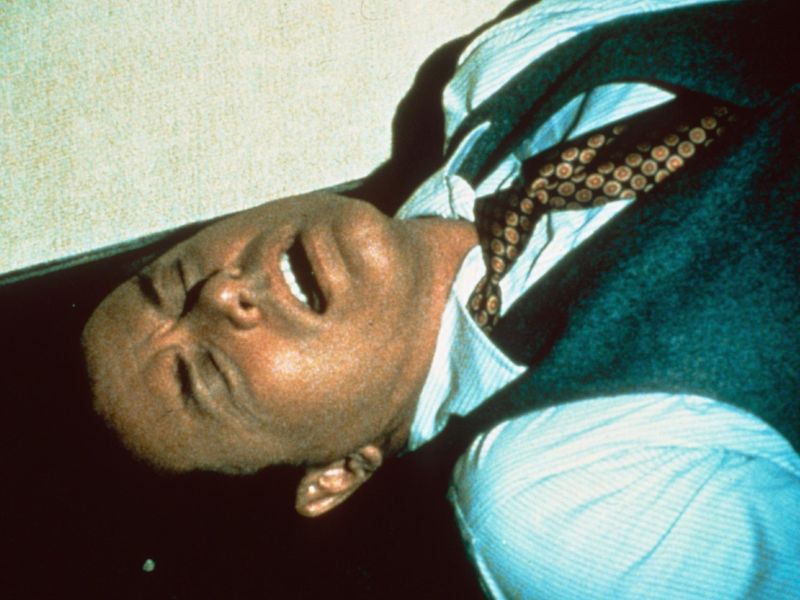
In 1980, “Dallas” left the world hanging with the biggest cliffhanger in television history: “Who Shot J.R.?” Although the shot was fired in 1979, the mystery unfolded over months, keeping audiences on the edge of their seats.
J.R. Ewing, played by Larry Hagman, was the quintessential TV villain, making him the perfect target for a revenge plot. The suspense drove viewers wild, with bets placed on the shooter’s identity and a media frenzy ensued.
The eventual reveal became a cultural phenomenon, drawing massive ratings and solidifying “Dallas” as a TV powerhouse. The phrase “Who Shot J.R.?” became synonymous with unexpected plot twists, and the storyline set a new standard for television drama. J.R.’s shooting was more than just a plot device; it was a masterclass in storytelling that captivated an entire generation, leaving an indelible mark on television history.
13. “Charlie’s Angels” – Too Much “Jiggle TV”
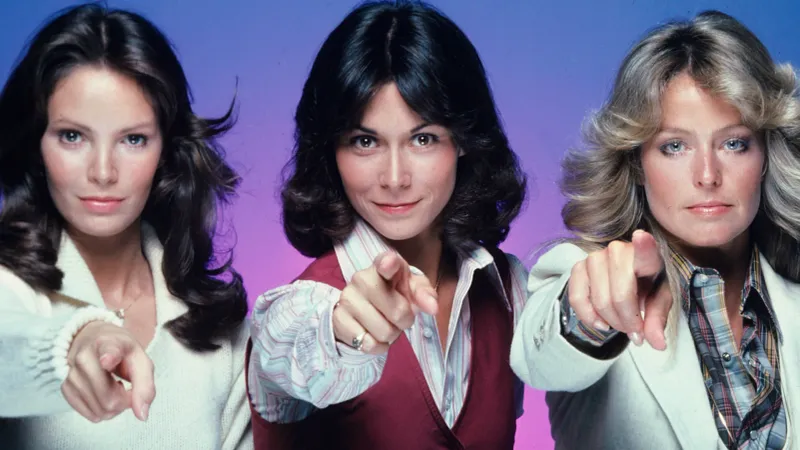
“Charlie’s Angels,” with its trio of glamorous detectives, burst onto screens in 1976, bringing style, action, and a touch of controversy. Critics dubbed it “jiggle TV” for its emphasis on the Angels’ beauty and wardrobe choices.
Despite the criticism, the show captivated audiences, showcasing strong, independent women who could solve crimes and look fabulous doing it. The Angels, played by Farrah Fawcett, Jaclyn Smith, and Kate Jackson, became icons, influencing fashion and empowering female viewers.
The debate over substance versus style raged, but “Charlie’s Angels” proved that television could be both entertaining and empowering. The show sparked discussions about gender roles and representation, challenging stereotypes and paving the way for more dynamic female characters. “Charlie’s Angels” may have been criticized for its jiggle, but it left a lasting legacy, proving that style and substance can coexist on the small screen.
14. “The Sonny & Cher Comedy Hour” – Cher’s Outfits
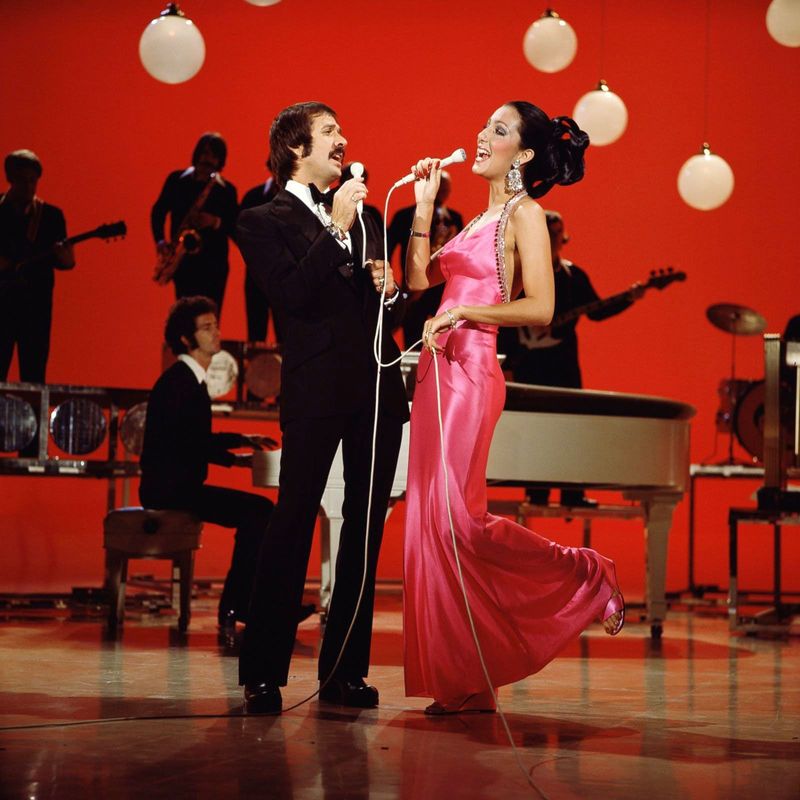
In the early ‘70s, “The Sonny & Cher Comedy Hour” lit up TV screens, thanks in large part to Cher’s stunning and sometimes shocking wardrobe choices. Her outfits, ranging from sheer gowns to skin-tight ensembles, were not just fashion statements but cultural moments.
Conservative audiences were scandalized, yet intrigued, by Cher’s fearless style, pushing the boundaries of what was considered acceptable on television. Her fashion choices became the talk of the town, turning the show into a must-watch spectacle.
Cher’s bold looks were more than just eye-catching; they were a declaration of individuality and confidence, inspiring viewers to embrace their unique identities. The show’s mix of comedy, music, and fashion made it a hit, but Cher’s groundbreaking style left a lasting impression. Her influence on pop culture and fashion remains undeniable, reminding us that television can be a powerful platform for self-expression and change.
15. “The Brady Bunch” – The First TV Couple to Share a Bed
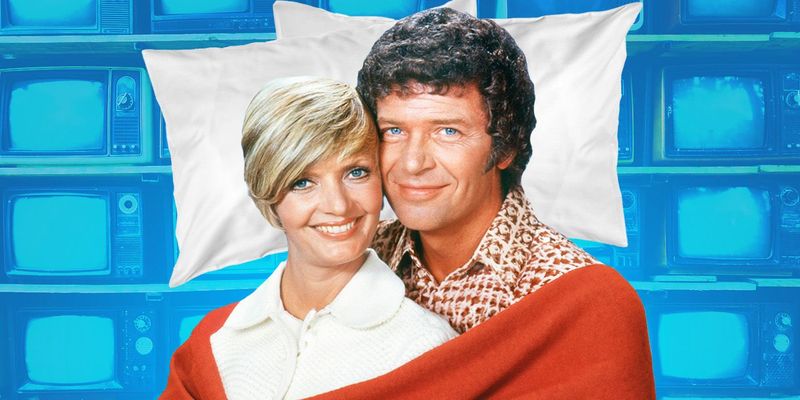
In the ‘70s, television was still navigating the unwritten rules of on-screen relationships, and “The Brady Bunch” broke new ground by showing Mike and Carol Brady sharing a bed. This was a departure from the norm, as couples were usually depicted in separate twin beds.
The decision to show a married couple in a single bed was surprisingly controversial, challenging the perceived morality of television. Some viewers were taken aback, but others applauded the show for its realistic portrayal of marriage.
The moment symbolized a shift towards more authentic depictions of family life on TV, reflecting the evolving social norms of the era. “The Brady Bunch” not only entertained with its wholesome antics but also subtly pushed boundaries, paving the way for more genuine representations of relationships. Mike and Carol’s shared bed was a small step on screen but a giant leap for television, adding depth to its portrayal of family dynamics.
16. “The Tonight Show Starring Johnny Carson” – The Toilet Paper Shortage Hoax
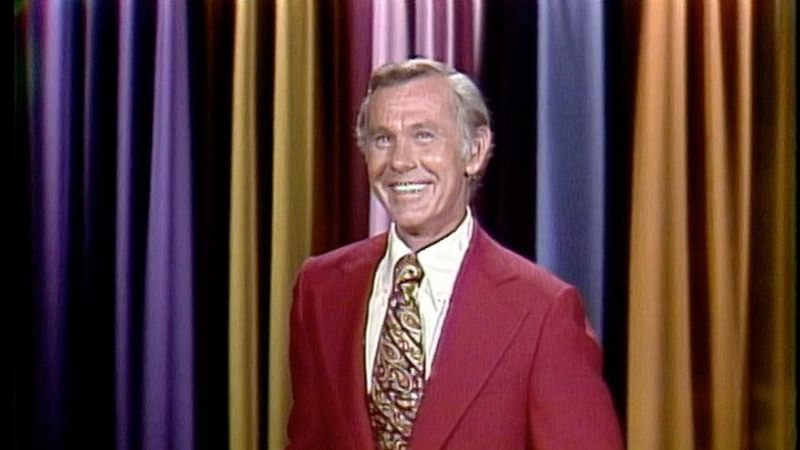
In 1973, “The Tonight Show Starring Johnny Carson” inadvertently sparked a nationwide panic over toilet paper. It all started with a joke Carson made about an impending shortage, which led to viewers frantically stockpiling rolls, leaving store shelves bare.
The hoax spiraled out of control, with news outlets picking up the story and fueling public hysteria. Carson eventually had to apologize for the unintended chaos, demonstrating the immense influence of media on public behavior.
This incident was a humorous yet cautionary tale about the power of words and the unpredictability of public reaction. It highlighted the need for responsible communication, even in jest. Carson’s toilet paper joke became a cultural reference point, reminding us that sometimes laughter can have serious consequences. The episode remains a testament to Carson’s comedic genius and the unexpected ways humor can ripple through society.
17. “The Love Boat” – Premarital Sex on Primetime TV
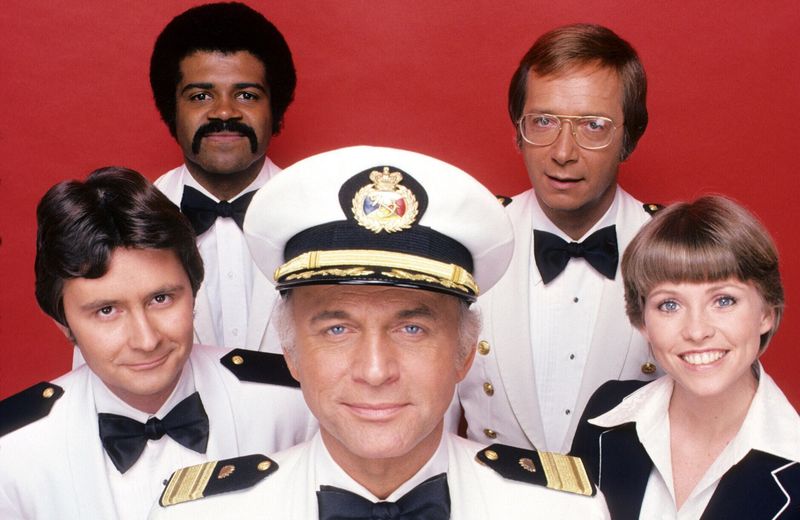
“The Love Boat,” sailing from 1977 to 1986, was known for its lighthearted romances and guest stars, but it also made waves with its portrayal of premarital sex. Set against the backdrop of a luxurious cruise, the show featured characters engaging in romantic flings, subtly implying intimacy.
This was groundbreaking for primetime TV, where such topics were often skirted around or euphemized. “The Love Boat” didn’t just entertain; it reflected the changing attitudes towards relationships and sexuality of the era.
While some viewers were scandalized, others appreciated the show’s honesty and humor. It suggested that love and companionship could be celebrated without traditional constraints. The series became a cultural phenomenon, known for its catchy theme song and feel-good stories. “The Love Boat” showed that television could explore modern romance with charm and wit, making it a beloved classic in TV history.
